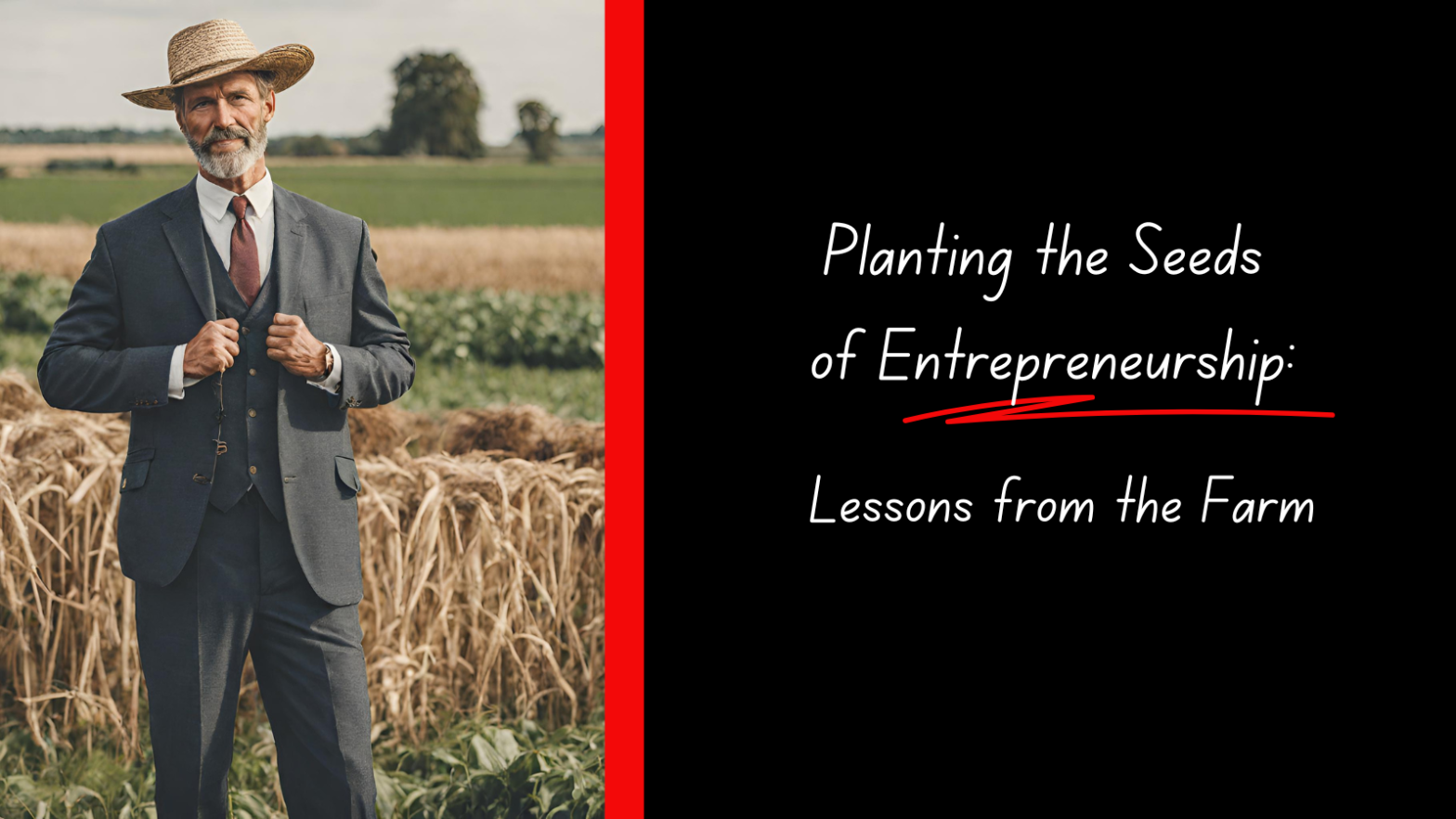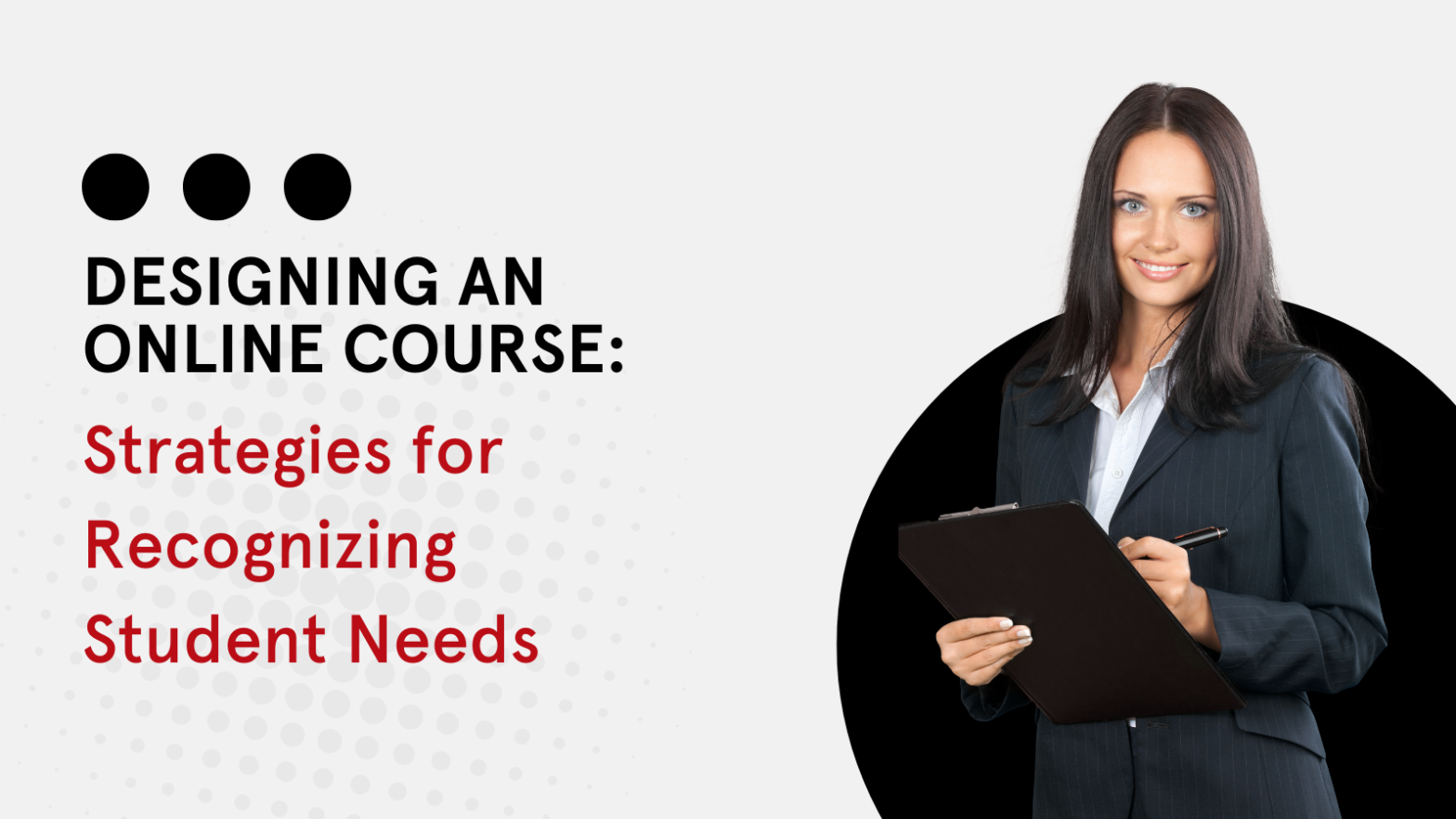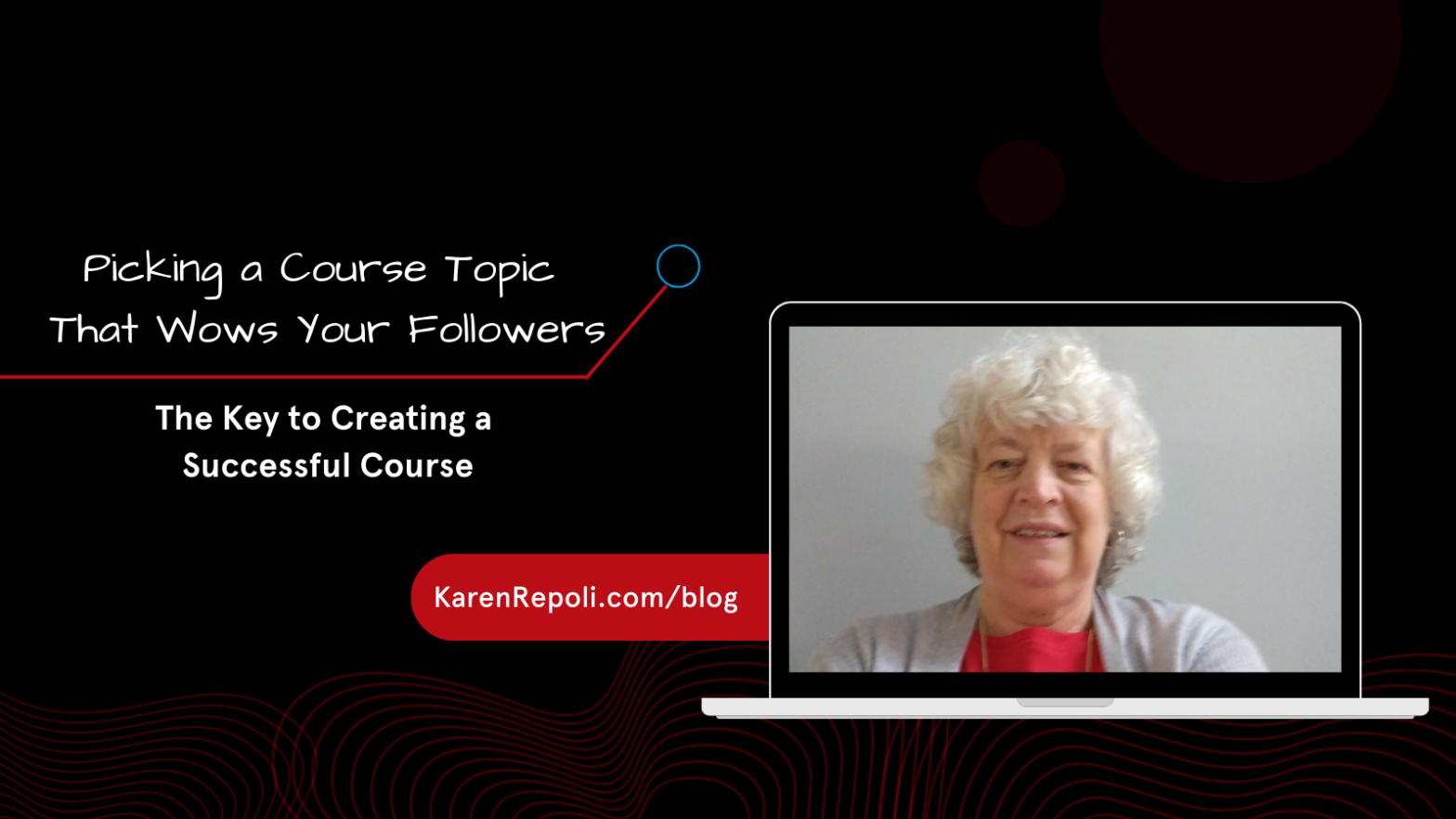Today, I want to talk to you about the importance of crafting the perfect email follow-up strategy. In a world where attention spans are short and competition is fierce, having a well-thought-out email follow-up sequence can make all the difference in converting leads into customers. Let’s explore how you can optimize your sales funnel strategy with effective email follow-ups.
A follow-up email sequence is a series of emails that are sent out automatically to leads or customers after a specific trigger or event. These sequences are crucial in nurturing leads, building relationships, and ultimately driving conversions. By staying top of mind with your audience and providing them with valuable content, you increase the chances of turning a lead into a loyal customer. Without a follow-up email sequence, you risk losing potential customers who may have just needed that extra nudge to make a purchase.
We’ve all known people who buy course after course, and who never bother to download or study the materials. Maybe you’re guilty of doing the same.
As a course creator you could look at that and say, “Well, not my problem if they don’t take the time to use what they paid for.” And that’s just what many people do say. The problem with that attitude is this: Your buyers will never discover just how awesome your training is, and they will never graduate to the next level courses you offer, if they don’t make use of the ones they’ve already purchased.
And that’s where your follow-up email sequence comes in. It’s the perfect vehicle to encourage consumption of any course, with:
- Reminders to log in as new content is released (“Welcome to Module 3! In this lesson, you’ll learn…”)
- Additional tips related to the content (“On page 45 I shared how to use images in your Facebook ads to encourage clicks, but here’s another method that works really well…”)
- Case studies from previous students (“In module 2 you studied Pinterest marketing, and I thought you’d like to hear how Clarice used these same techniques to grow her mailing list by more than 3,000 subscribers…”)
- Encouragement to share their results or join a conversation in your private Facebook group (“In the group, Susan is looking for help to zero in on her message. Click here to share your thoughts…”)
- Unannounced bonuses to help your customers do even more with their training (“Hey we’ve had lots of questions about how to create infographics for your blog, so I thought I’d make you a video showing exactly how I do it…”)
The point of all of this is to keep your buyers involved, and to encourage them to open every email you send, and that’s because your email follow up sequence is an ideal place for additional, related offers—not only yours, but those of your colleagues and JV partners as well.
Behavior Based Sequences
 If you’re still sending the same emails to everyone on your list—regardless of how they react to your offers—then you’re definitely leaving money on the table. Time to rethink your email strategies to:
If you’re still sending the same emails to everyone on your list—regardless of how they react to your offers—then you’re definitely leaving money on the table. Time to rethink your email strategies to:
- Present the exact right offer at the right time
- Stop annoying buyers with sales messages they don’t need or want
- Avoid wasting money sending unnecessary emails
- Add more of a personal touch by meeting your subscribers right where they are in the process
Behavior-based email sequences are triggered by specific actions or behaviors that a lead or customer takes. These sequences allow you to deliver personalized and targeted content based on the recipient’s interactions with your emails, website, or products. By leveraging behavioral data, you can tailor your follow-up emails to address the individual needs and interests of each recipient, increasing engagement and driving conversions.
Behavior-based follow-up sequences come in several forms, and each has a unique purpose and call to action. For example, you might create:
- A Welcome Sequence: This sequence is triggered when a new lead subscribes to your email list. It’s a great opportunity to introduce your brand, set expectations, and deliver valuable content to nurture the relationship from the start.
- Abandoned Cart Sequence: When a lead adds items to their cart but doesn’t complete the purchase, an abandoned cart sequence can help remind them of the items left behind and provide incentives to encourage them to complete the purchase.
- Engagement Sequence: This sequence is triggered by a lead’s interactions with your emails or website. It allows you to deliver targeted content based on the recipient’s engagement level, such as offering more information on a specific product or inviting them to a webinar or event.
- An Objections and FAQ Sequence: Implementing an objections and FAQ sequence can significantly improve your sales conversion rates by addressing common concerns and questions head-on. The goal is to build trust, provide value, and remove barriers to purchase. By doing so, you’ll be on your way to converting those on-the-fence visitors into satisfied customers.
- An Upsell Sequence: This sequence is for customers who initially decline and is critical for several reasons: it maximizes the lifetime value of each customer, enhances customer satisfaction by offering solutions that meet their evolving needs, and leverages the principle that it’s easier to sell to an existing customer than to acquire a new one. Remember, a ‘no’ today might not mean ‘no’ forever. People’s circumstances and perceptions change, and an upsell sequence keeps you at the forefront when they’re ready to say ‘yes’. It’s an opportunity to build a deeper relationship, provide additional value, and grow your business sustainably.
All of these sequences can be triggered with the use of a script inserted into your sales, checkout and thank you pages, and then connected to your email autoresponder service. From there it’s a simple matter to move subscribers from one campaign or sequence to another, based only on the actions they take.
Promoting Affiliate Offers
 In addition to nurturing leads and driving conversions for your own products or services, behavior-based email follow-ups can also be effective in promoting affiliate offers. By tracking the actions and interests of your audience, you can identify opportunities to recommend relevant affiliate products or services that align with their needs. This not only helps you generate additional revenue through affiliate partnerships but also adds value to your audience by providing them with valuable recommendations.
In addition to nurturing leads and driving conversions for your own products or services, behavior-based email follow-ups can also be effective in promoting affiliate offers. By tracking the actions and interests of your audience, you can identify opportunities to recommend relevant affiliate products or services that align with their needs. This not only helps you generate additional revenue through affiliate partnerships but also adds value to your audience by providing them with valuable recommendations.
For example, if your subscriber has clicked through to your sales page but didn’t buy, it could be because your course isn’t quite what she needs right now. Chances are there are similar courses that may be a better fit for her, and she’d appreciate you sharing the options with her.
Worried that promoting a competitor might take a bite out of your bottom line? Don’t be. If a subscriber isn’t buying your product, but does buy from your competitor, there’s a good chance she’s just not a fit for you. It’s not personal, and it says nothing about the value you offer your clients, it’s simply a matter of whose personality and style resonates with a buyer.
A well-crafted email follow-up sequence is a powerful tool in your sales funnel strategy. By leveraging behavior-based sequences and delivering targeted content to your audience, you can nurture leads, drive engagement, and ultimately increase conversions. Whether you’re promoting your own products or affiliate offers, a personalized and strategic approach to email follow-ups can help you build lasting relationships with your audience and drive success in your email marketing campaigns. So, take the time to craft the perfect email follow-up strategy and watch your conversions soar!





Leave a Reply